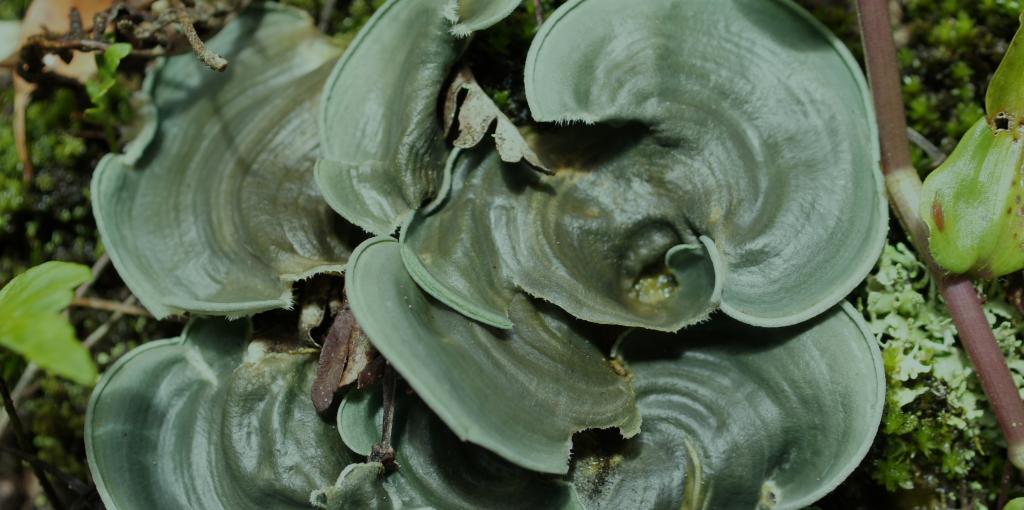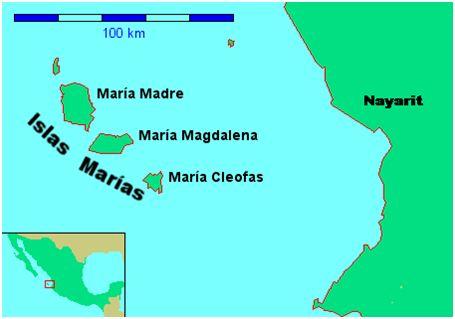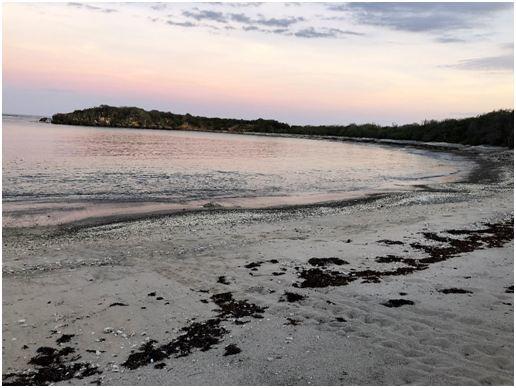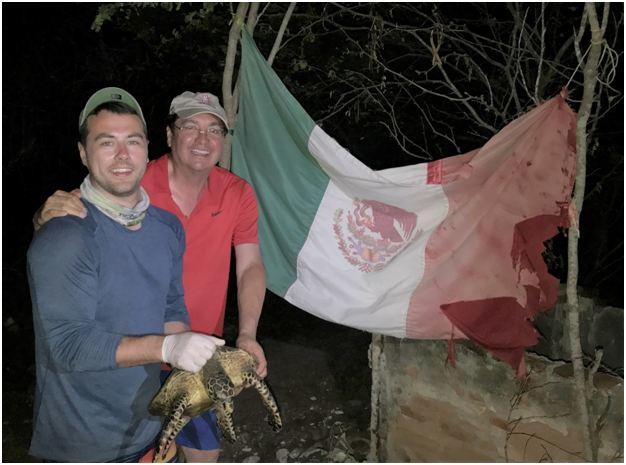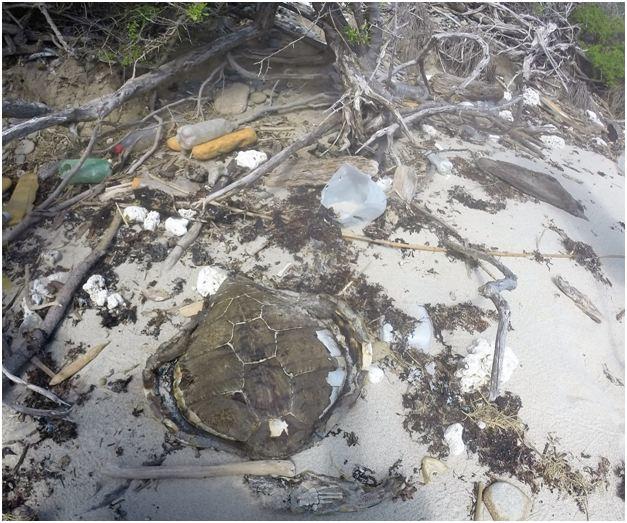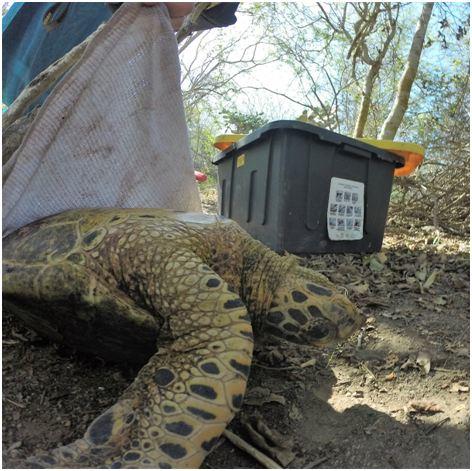Admission CTAs
Rapid Assessment and Discovery of a Missing Hawksbill Turtle Population
Graduate Student Research by: Alexander J. Robillard
Edited By: Dr. A. Alonso Aguirre
Most sea turtle species are declining worldwide and are endangered. The primary causes of their decline are illegal harvest and over-exploitation for their eggs, meat, skin and shells. They also face pressures from accidental capture in fishing gear (bycatch), climate change, habitat loss, and disease. Identification of nesting habitat, especially for the critically endangered hawksbill sea turtle (Eretmochelys imbricata) is vital for understanding migration routes, prioritizing protection of sensitive areas and overall management globally. Five of the seven sea turtle species which occur around Mexico’s Gulf of California are under elevated pressure due to bycatch and poaching.
Just 62 miles off the shore of the state of Nayarit, Mexico are four volcanic islands known as the Tres Marias. In 2010, the Archipelago was designated the Tres Marias Biosphere Reserve by UNESCO (Fig. 1), which are governed by the closely guarded naval penal colony. The islands house numerous pristine terrestrial habitats, each enclosed by a combination of coastal dunes, cliffs and sandy beaches. Surrounding these islands is a nutrient rich upwelling, which enables the formation of large reefs housing endemic corals.
As of the 1980s, no major northwestern Mexico hawksbill turtle nesting sites are believed to exist outside of Costa Careyes, although there have been occasional sightings of juvenile and adult hawksbills north of Nayarit, in and around Baja California. Thought to be functionally extinct in the Eastern Pacific, contemporary efforts have found small nesting populations along southern Mexico and Central America. Based on location, genetic evidence, and habitat potential, many scientists believe that the Marias complex is home to the last large missing Eastern Pacific hawksbill rookery. Designated a UNESCO world heritage site in 2010, these highly protected islands have gone unstudied, and are considered to be the last frontier for sea turtle research along the Eastern Pacific Rim.
In June of 2018, Department of Environmental Science and Policy’s doctoral student Alexander Robillard and ESP Department Chair Dr. A. Alonso Aguirre in collaboration with the Instituto Politécnico Nacional CIIDIR Sinaloa (IPN), Red Tortuguera A.C. (RTA), the Eastern Pacific Hawksbill Initiative (ICAPO), the National Marine Fisheries Service (NMFS) and Comision Nacional de Areas Naturales Protegidas (CONANP), embarked on the first official survey of the Tres Marias to conduct a rapid assessment of sea turtle presence. Using records from the diaries of Captain Edward Cooke (1712) and Woodes Rodgers (1711), the select team were able to survey two of the four islands and identified multiple hawksbill nests along their beaches. Additionally, the team was able to capture, tag, measure and release multiple hawksbill and black turtles.
The team will look to study the Marias population genetics, health, foraging behavior and overall nesting ecology to follow up the successful rapid assessment. The initial funding was provided by the Marine Turtle Conservation Fund, U.S. Fish and Wildlife Service International Affairs. The Marias team will look to use this initial success as a springboard to acquire future funding for the research and conservation of this newly established foraging and nesting grounds.
